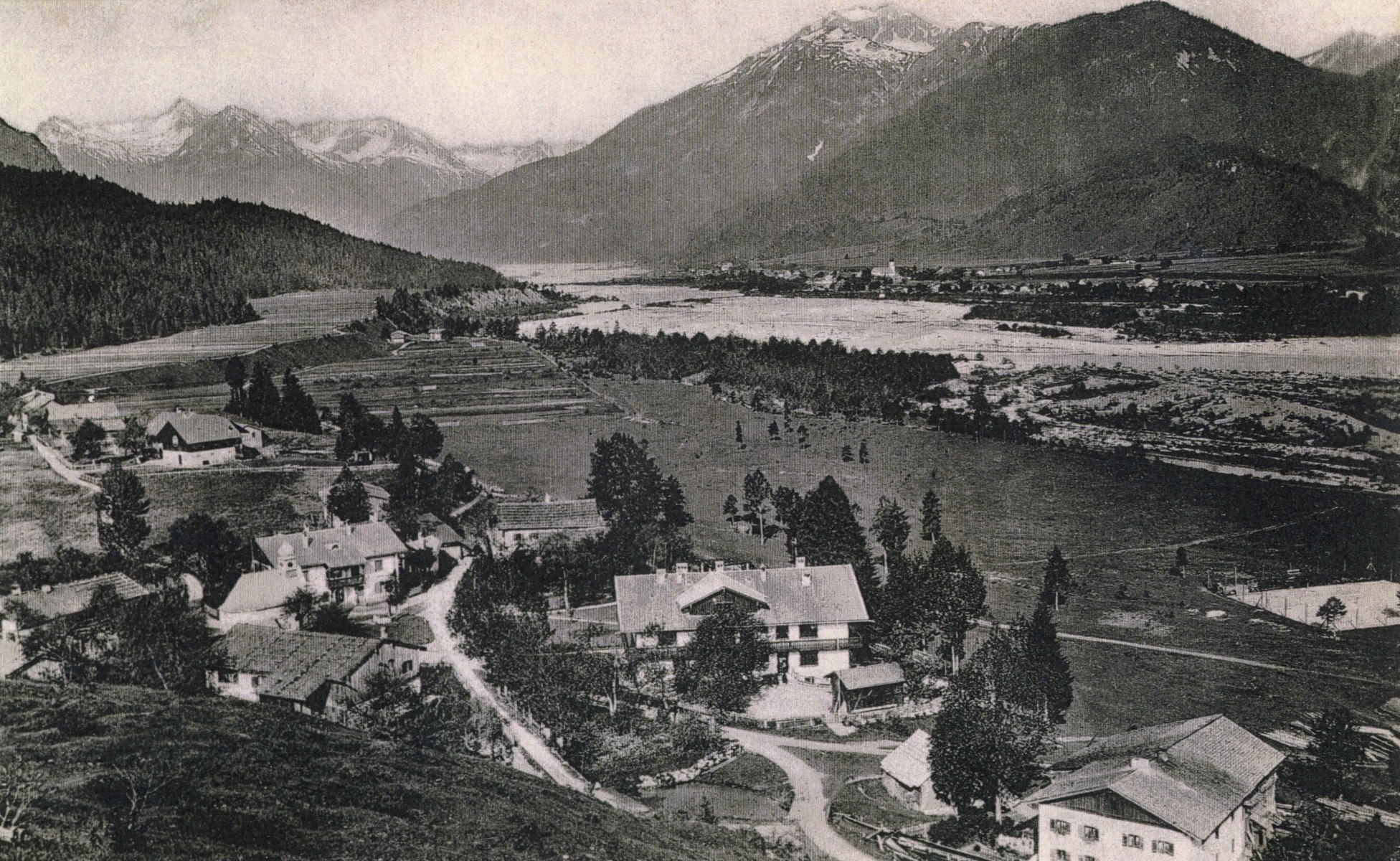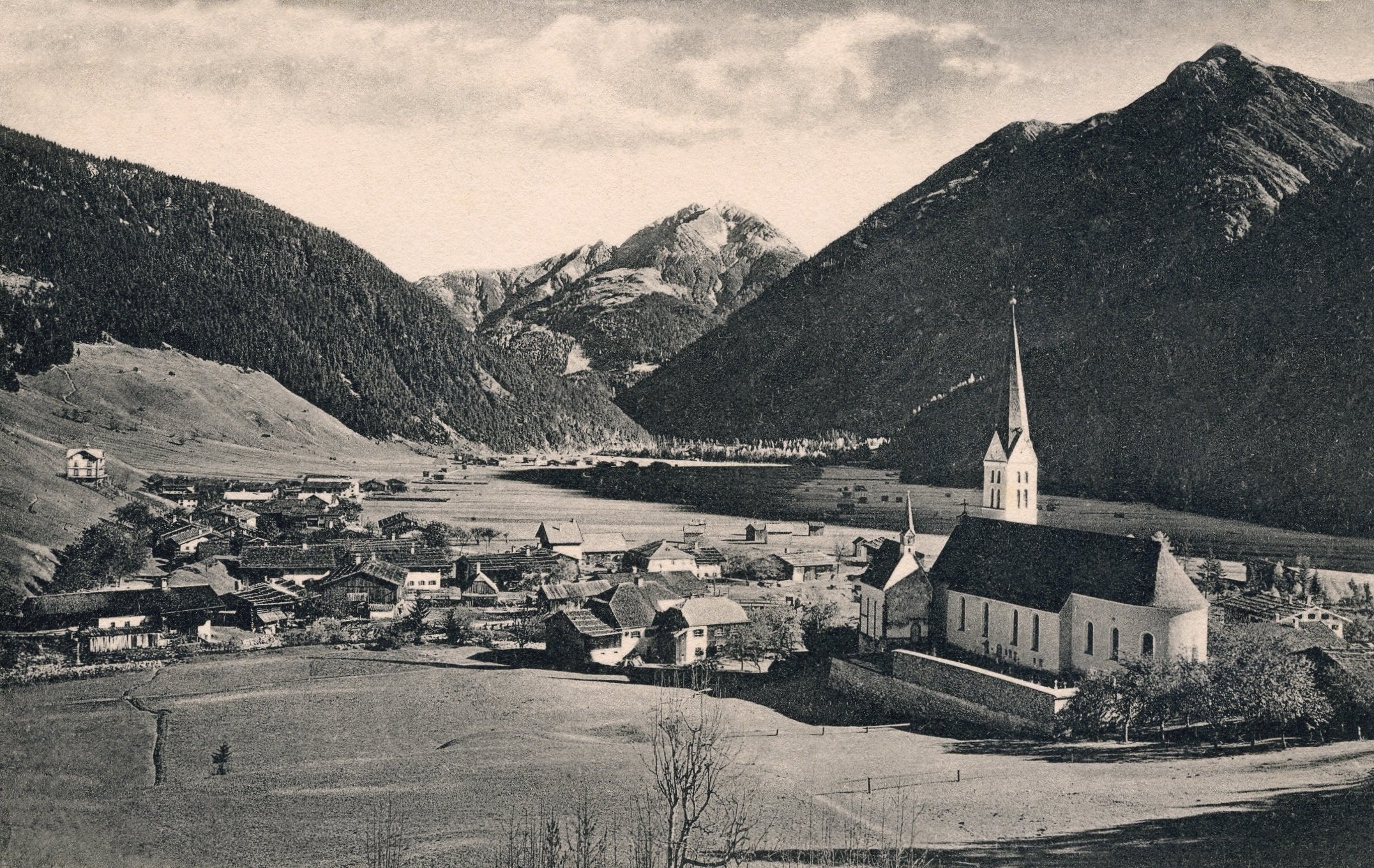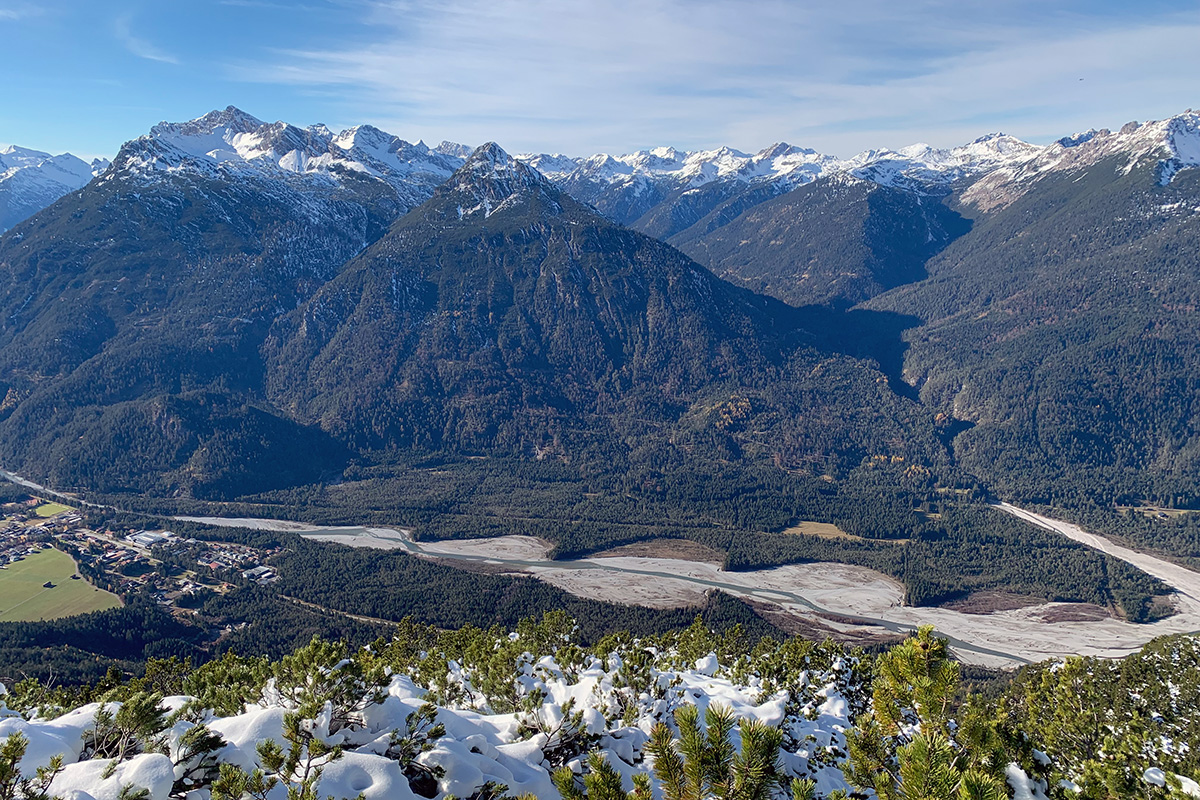Lech and people
With to live the Lech, is not always easy. The Tyrolean Lech has two faces. Picturesque and playful with turquoise blue water it can look like a work of art that creates itself anew every day. But after Rainfall and during the Snowmelt he can change his face within a few hours. Then he is dirty-brown with huge masses of water making their way.
People still speak of the Lech in the valley area as the "largest landowner". But in order to be able to live along the Lech and gain land for pastures and settlements, they first on a small scale, then on a larger scale, diverted the Lech into a smaller bed with walls and dams. What was well-intentioned turned out to be a mistake. The Lech needs space for its water masses. Floods overflowed the fortified banks and caused great damage. With the help of public funds, the Lech was renaturalised in places. During the floods, it became clear that where the Lech had retained its wide riverbed, the damage was less than in the built-up sections of the riverbank.
Even today, the Tyrolean Lech is gradually being freed from its obstructions. It is considered a prime example of successful river restoration throughout Europe.


